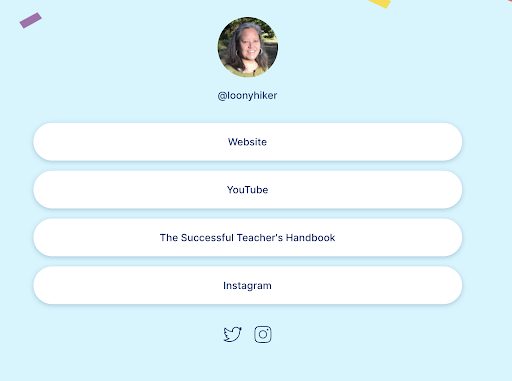Last week I had a young friend at the university who didn’t feel well and was a little homesick and lonely. I invited her over and we went for a 3-mile hike. It was nice weather and it felt so good to get outside. Then we went downtown and walked some more. Getting outside and moving around was a great antidote for the blues.
Then on Wednesday, we joined our hiking group on a 4.4-mile hike to see a waterfalls. There were 25 of us and it was great catching up with friends we haven’t seen in a while. Plus, the benefit of exercising was wonderful. It has been so cold, and the weather has been so miserable that it felt great to be outdoors.
I know in school we encourage students to study and work hard but I think we also need to encourage them to get outside. I think they need to connect with nature, not just in the summer but other seasons also.
It would be great for students to study the same area during different seasons. See the changes that take place each season. Draw pictures and compare them each season.
It would be interesting for students to watch an area and look for new growth and new beginnings. This could lead to great discussions how people have a chance for the same new growth and new beginnings.
Maybe there is a walking track or a trail at the school. Look for a walking path where different things can be observed. Have students talk about what they think they will see. Then later have them make a list of the things they saw and compare the two.
Now is the time to start planning a flower or vegetable garden. Sometimes the planning is almost as much fun as the growing! Looking up different plants, pricing, and thinking about where to plant them is fun. Maybe thinking about growing things from seeds and gathering supplies as well as deciding when the best time to plant them is very educational.
Whenever the weather is not bitter cold, we all need to get outside. We need to breathe fresh air and soak up some Vitamin D from the sun!
Do you get outside? What things do you do? Please share.
Original photo by Pat Hensley




